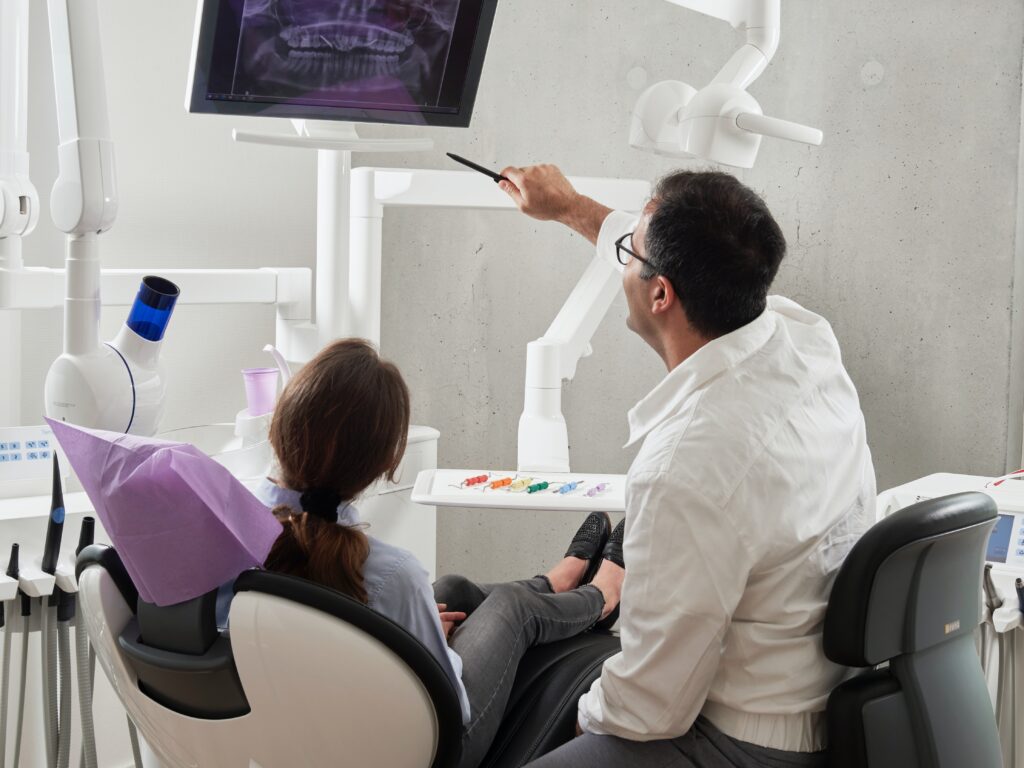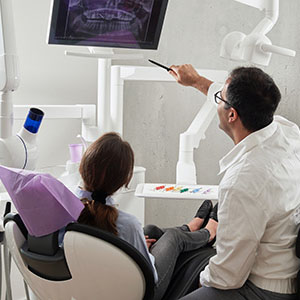
If you have lost multiple teeth or are experiencing advanced tooth decay, you may be a good candidate for full mouth dental implants. Dental implants are a popular and effective way to replace missing teeth and restore your smile. If you’re nervous about the prospect, don’t worry! In this guide, we’ll take you through the process step-by-step, and explain what to expect along the way.
Step 1 – Consultation and Planning: The first step in getting full mouth dental implants is to schedule a consultation with a prosthodontist. This initial consultation is important, as it allows the prosthodontist to evaluate your oral health and determine whether dental implants are right for you. They will also explain the different types of implants available and customize a treatment plan to fit your individual needs.
Step 2 – Preparation for Implant Placement: Before your implant surgery, your prosthodontist may need to perform some preparation work to ensure the implants are successful. If you have any remaining teeth that need to be removed, they will be taken out at this time. In addition, if you don’t have enough healthy bone to support the implants, you may need a bone graft or sinus lift procedure to build up the necessary support. Your gums and jawbone will also be prepared for the implant placement.
Step 3 – Implant Placement: The actual implant placement is a surgical procedure that will take place under local anesthesia. During the procedure, the implants are inserted into your jawbone using special tools. Once the implants are in place, your gums will be stitched up, and you’ll be given instructions on how to care for the area while it heals.
Step 4 – Healing and Recovery: After the implant placement, it’s important to allow time for the implants to heal and integrate with the bone. This process can take anywhere from several weeks to several months. During this time, you’ll need to follow your prosthodontist’s instructions carefully to ensure successful healing. This may include avoiding hard or crunchy foods, using special mouthwashes, and taking antibiotics to prevent infection.
Step 5 – Final Restoration: Once your implants have healed and integrated with the bone, you’ll return to the prosthodontist for the final restoration. This typically involves placing abutments, or connectors, onto the implants, which will then support a custom-made dental bridge or denture. Your prosthodontist will work with you to create a restoration that fits your individual needs and looks natural and beautiful.
Conclusion: While the process of getting full mouth dental implants may seem intimidating, it’s important to remember that it’s a safe, effective, and common procedure. By working with a skilled prosthodontist and following their instructions carefully, you can achieve a confident, healthy smile that will last for years to come. Don’t hesitate to schedule a consultation with us and take the first step towards a brighter, happier future!


